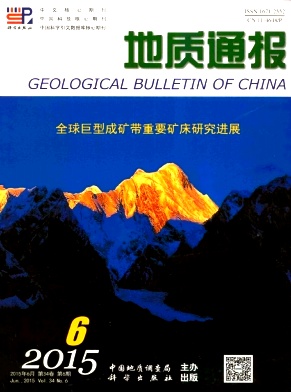QIN Siting1, TIAN Guang2, Lü Liangji2, YANG Shasha1. Geological characteristics and metallogenic model of the Century Pb-Zn deposit, Australia[J]. Geological Bulletin of China, 2015, 34(06): 1065-1076.
| Citation: |
QIN Siting1, TIAN Guang2, Lü Liangji2, YANG Shasha1. Geological characteristics and metallogenic model of the Century Pb-Zn deposit, Australia[J]. Geological Bulletin of China, 2015, 34(06): 1065-1076.
|
Geological characteristics and metallogenic model of the Century Pb-Zn deposit, Australia
-
1. MLR key Laboratory of Metallogeny and Mineral Assement Institute of Mineral Resources, Beijing 100037, China;2. State Key Laboratory of Geological Processes and Mineral Resources, China Universityof Geosciences, Beijing 100084, China
-
Abstract
The Century deposit represents an important new member of the major sediments-hosted Zn-Pb-Ag deposits in the Mount Isa inlier and McArthur basin. The deposit is hosted in shales and siltstones of the Mesoproterozoic Lawn Hill Formation. Mineralization comprises fine-grained sphalerite with minor galena and pyrite. Most sulfides (80%-90%) occur as delicate brittle lamellae in black shale units, separated by siderite-rich siltstone horizon. The mineralization shows two large-scale trend,a striking decline in grade from northeast to southwest away from the Termite Range fault,and a more subtle decline in grade from southeast to northwest. Two principal textural varieties of stratabound sphalerite are recognized: "porous," which has a high pyrobitumen content, and "nonporous," which has a relatively low pyrobitumen content. The sulfur isotope suggests that the whole fluid system was a large closed system reservoir, with progressive enrichment of heavy sulfur during the deformation and mineralization process. The Century deposit seems to represent an example of shale-hosted mineralization formed during deformation-driven migration of fluids into an over-pressure/under-compacted shale sequence. The influx of relatively hot metal-bearing deep basin brines resulted in the rapid maturation of organic material, which ultimately led to sulfate reduction and base metal precipitation.
-

-
-
Access History







 DownLoad:
DownLoad: